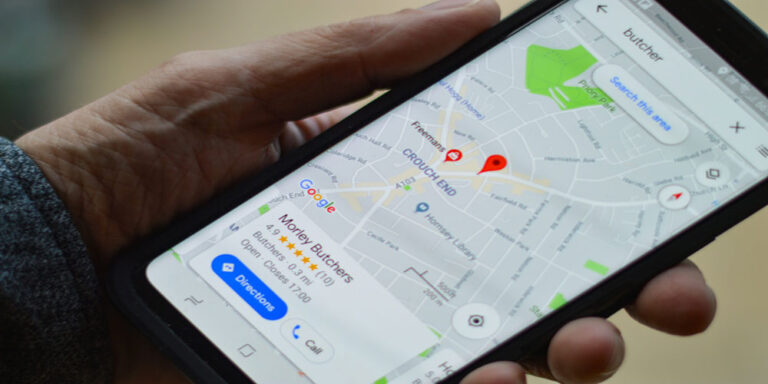
In today’s digital era, having a strong online presence is crucial for businesses, especially those operating at a local level. Local search engine optimisation (SEO) plays a vital role in improving a business’s visibility in local search results, driving more targeted traffic, and ultimately increasing conversions. To ensure the success of a local SEO project, several key elements must be considered and implemented effectively. In this post, we will explore these essential elements that can help businesses optimise their online presence and attract local customers.

Keyword Research and Optimisation:
One of the foundational elements of any SEO project is keyword research. For local SEO, it is vital to identify and target location-specific keywords that potential customers are using to find businesses in your area. Conduct thorough research to uncover relevant keywords and optimise your website’s content, meta tags, headings, and URLs accordingly. This will enhance your website’s visibility in local search results.
Google My Business (GMB) Optimisation:
Google My Business is a powerful tool for local businesses to showcase their information in search results. Optimise your GMB listing by providing accurate and up-to-date information about your business, including address, phone number, website URL, business hours, and customer reviews. Regularly update your GMB profile and ensure consistency with your website’s NAP (name, address, phone number) data.
Online Directories and Citations:
Listing your business on reputable online directories and citation sites can significantly boost your local SEO efforts. Ensure consistent NAP data across all listings and include relevant keywords and business descriptions where possible. Popular directories such as Yelp, Yellow Pages, and TripAdvisor can provide valuable backlinks and increase your online visibility.
Localised Content Creation:
Creating high-quality, localised content is essential for attracting local customers and search engines. Develop content that is relevant to your target audience and focuses on local topics, events, and news. Incorporate location-specific keywords naturally throughout your website’s content, including blog posts, landing pages, and service descriptions. This will help establish your business as an authority in your local area and improve your search rankings.
Online Reviews and Reputation Management:
Online reviews play a vital role in local SEO and can greatly influence a customer’s decision-making process. Encourage satisfied customers to leave positive reviews on platforms like Google, Yelp, and industry-specific review sites. Respond promptly and professionally to both positive and negative reviews to show your engagement and commitment to customer satisfaction.
Local Link Building:
Building a strong backlink profile is crucial for SEO, including local SEO. Focus on acquiring high-quality backlinks from local businesses, industry associations, local news outlets, and community websites. Participate in local events, sponsor local charities, or collaborate with complementary businesses to earn relevant backlinks and strengthen your local online presence.
Mobile-Friendly Website Design:
With the increasing use of mobile devices for local searches, having a mobile-friendly website is a must. Optimise your website for mobile devices, ensuring it loads quickly, is easy to navigate, and provides a seamless user experience across different screen sises. Mobile responsiveness is a critical ranking factor in search engines’ algorithms and can significantly impact your local SEO efforts.
Local SEO is a powerful strategy that can help businesses connect with their target audience in their specific geographic area. By implementing the key elements discussed in this post, businesses can improve their online visibility, attract local customers, and stay ahead of the competition. Remember to regularly monitor and analyse your local SEO performance, make necessary adjustments, and stay up-to-date with the latest trends and algorithm changes to ensure long-term success in the digital landscape.





